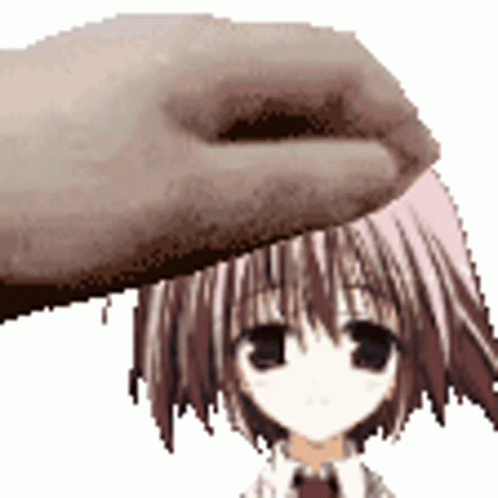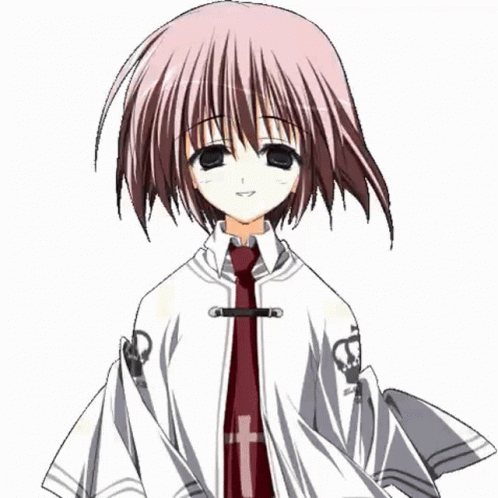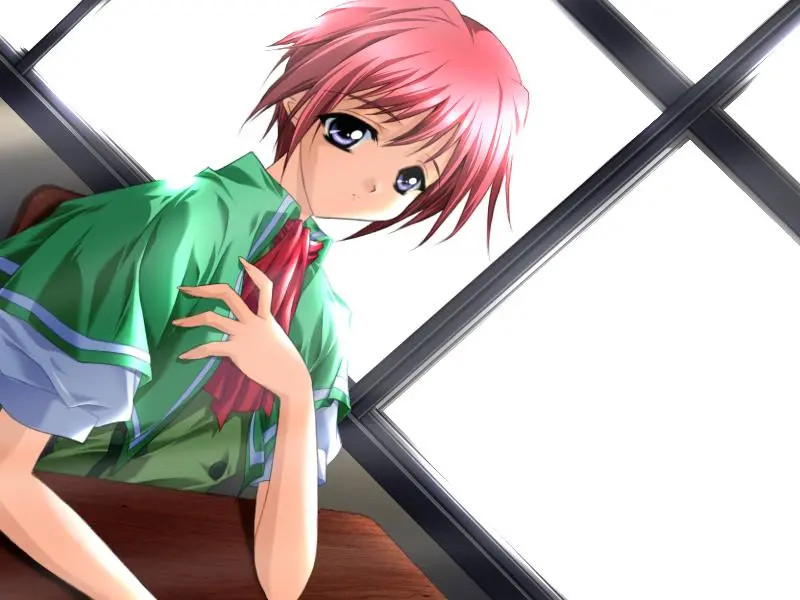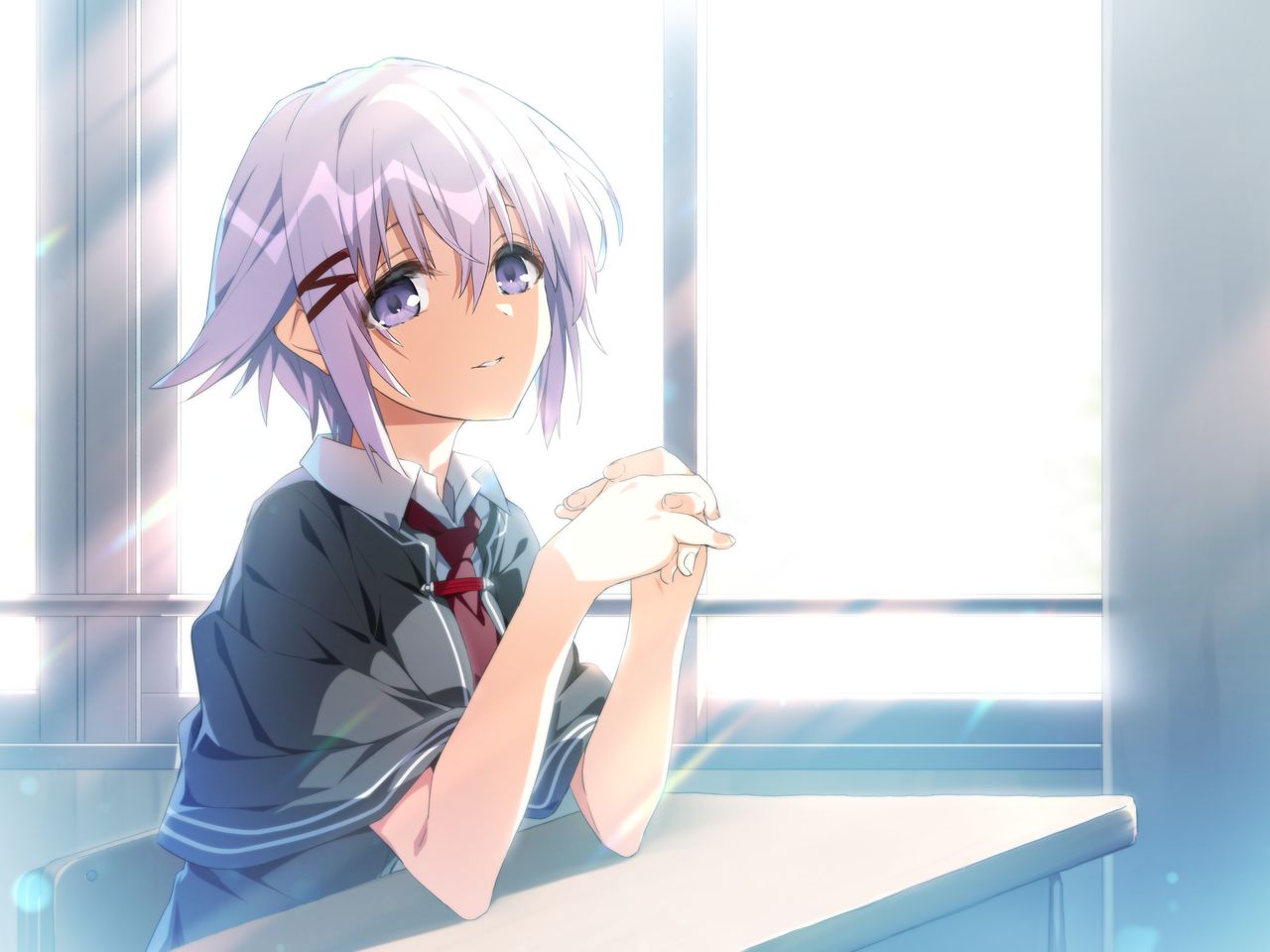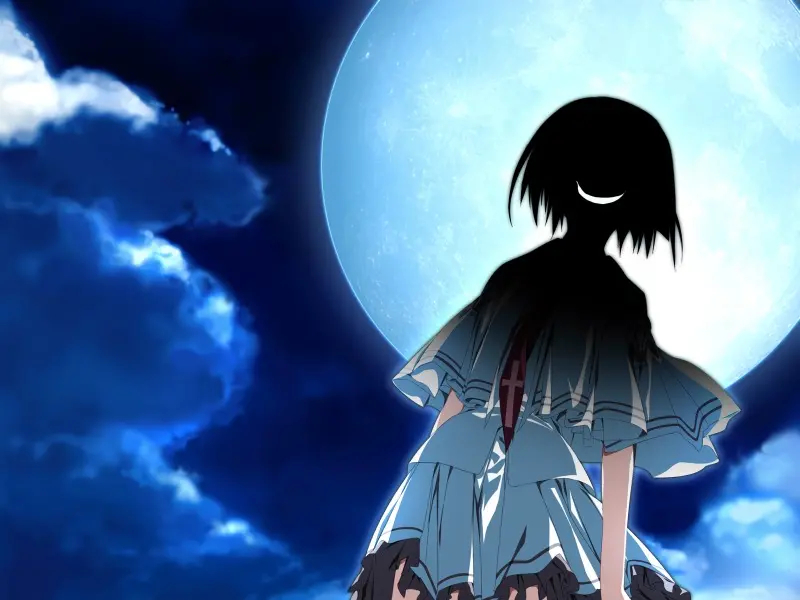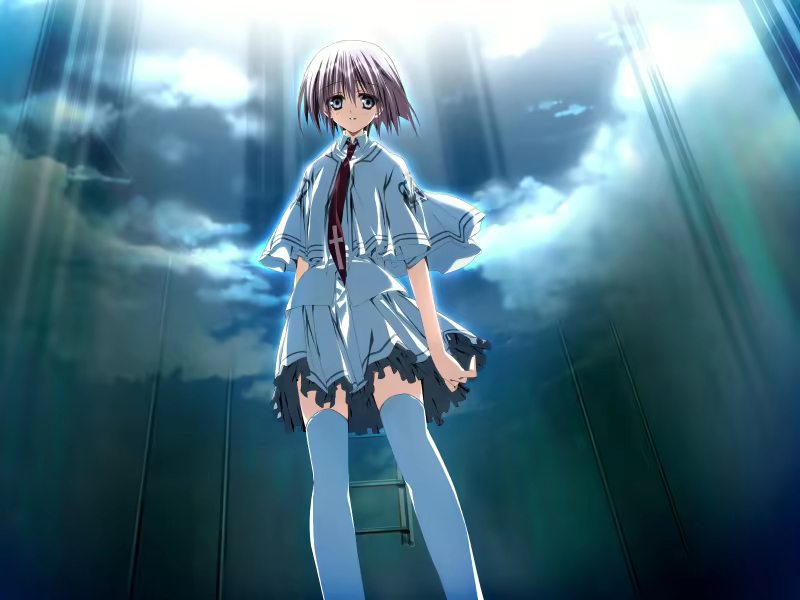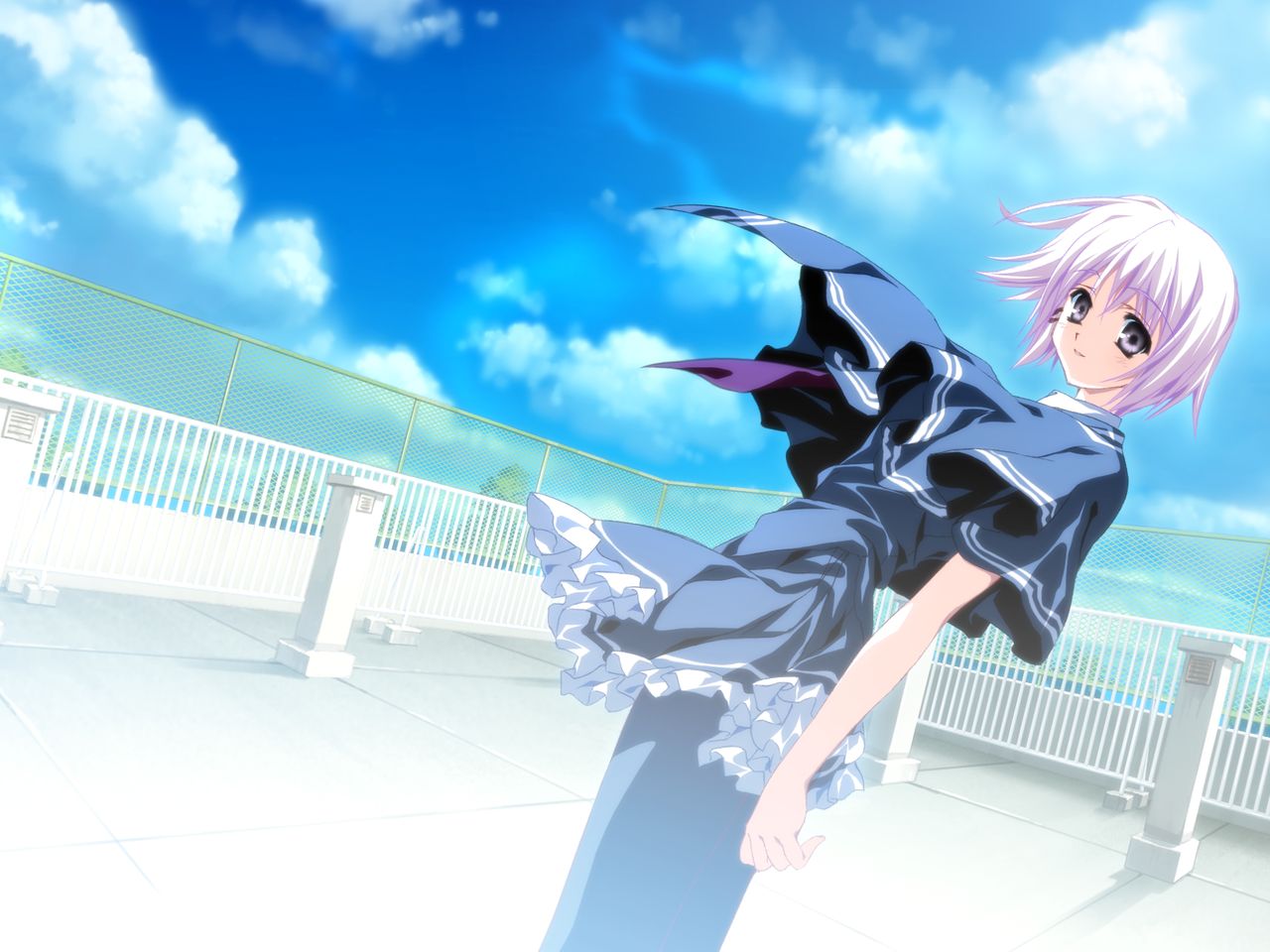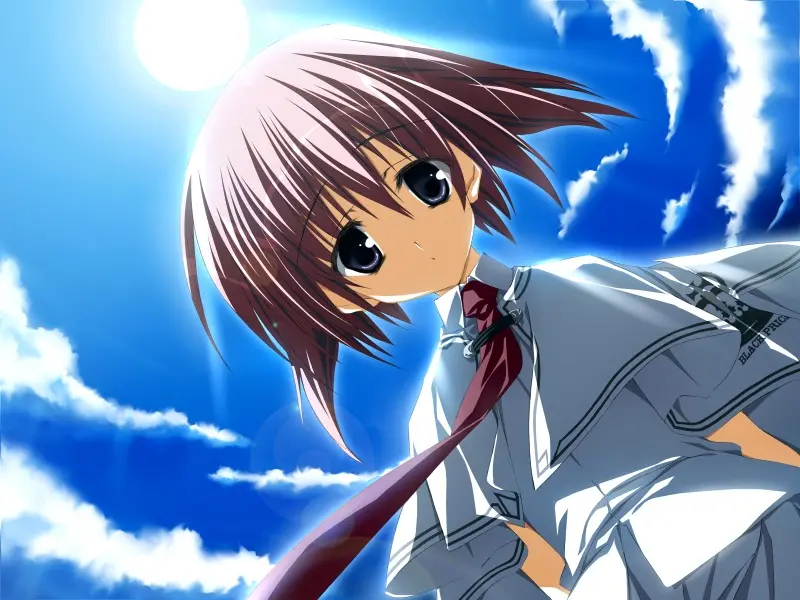"That's why you came to see it, right? The End Sky."
What is Tsui No Sora/Subarashiki Hibi?
Tsui No Sora (Endsky, TnS) is a Japanese visual novel released on August 27, 1999. Yukito Minakami is a normal guy who goes to school one day to find one of his classmates has jumped off a roof and died with two other girls from different schools. Worse still, his other classmates end up starting a doomsday cult about it and predict the end of the world is happening on the 20th. Obviously, there's more to it than that, but in the interest of not giving too many spoilers, I'll stop my explanation there.
Subarashiki Hibi ~Furenzoku Sonzai~ (SubaHibi) is something of a retelling/alternative version of Tsui no Sora, released March 3rd, 2010. There's an English version by Frontwing called Wonderful Everyday ~Diskontinuierliches Dasein~, released August 30th, 2017. Um, I'm going to be honest, the Frontwing translation kind of sucks for various reasons, but it's the easiest starting point for getting into SubaHibi.
With the special tenth anniversary edition of SubaHibi, on December 25th, 2020, they released a remake of Tsui no Sora, called Tsui no Sora Remake (TnSR, TsuiRE). It has updated graphics and and a rewritten script about 1.5 times larger than the original, as well as some new chapters.
All of them are episodic games, meaning you play the game chapter by chapter as opposed to having one "common route" and branching off of there. These are also denpa games, meaning it focuses heavily on unreliable protags and the horror of knowing something is wrong but not knowing the root cause, as well as being unable to tell what's "real" and what's not, to instill a sense of unease in the player.
I love this series of VNs, but I need to warn you: if you are triggered by anything whatsoever, do not play them. This is not a joke, they have so much I need to warn for that even as a long-time fan, I can't give an accurate list of warnings for everything they contain.
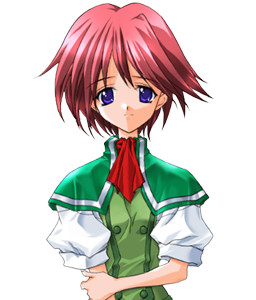


Left to right: Ayana from Tsui no Sora, Subarashiki Hibi, and Tsui no Sora Remake

